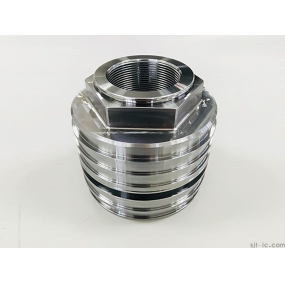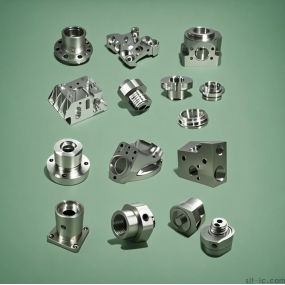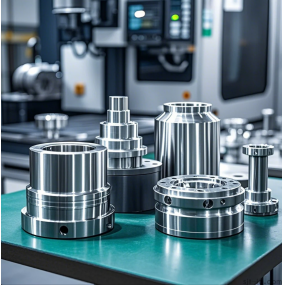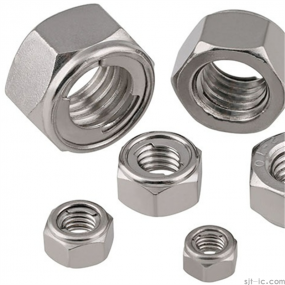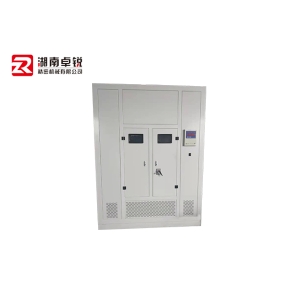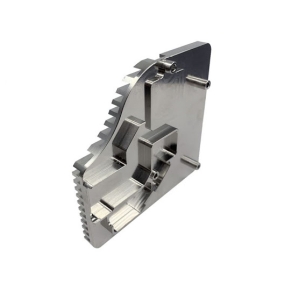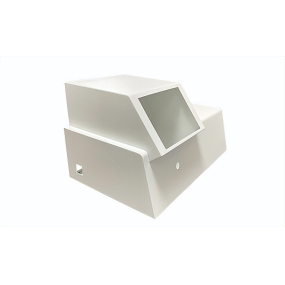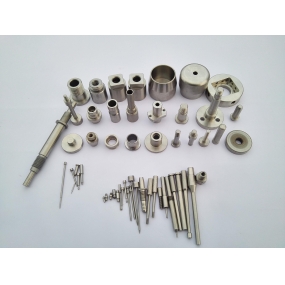Precision aviation parts machining refers to a machining technology that achieves precision requirements in terms of dimensions, shape, surface roughness, and contour accuracy of the machined parts. This processing technology has gradually developed and grown with the development of modern high-tech, mainly including various technical means such as milling, turning, polishing, electrochemical machining, etc. The commonly used heat treatment methods in the processing of precision aviation parts include the following: ⑴ Quenching and tempering: This is a preparatory heat treatment process, usually arranged before or after rough machining. By adjusting the hardness and toughness of the material, the cutting performance of the material can be improved. The quenched and tempered parts are not easily deformed during cutting, which can improve machining accuracy Annealing: Annealing is also a preparatory heat treatment process that reduces the hardness of materials, improves cutting performance, reduces cutting force and cutting heat, and thus extends tool life. Annealing treatment is usually arranged before rough machining Normalization: Normalization is a heat treatment process in which the workpiece is heated to a critical point AC3 or above 30 ℃~50 ℃, held for an appropriate period of time, and then uniformly cooled in free flowing air. Normalization can improve the machinability of materials, enhance the strength and toughness of parts Carburizing and quenching: This is a heat treatment process with significant deformation, usually arranged before precision machining. Carburizing and quenching can increase the carbon content on the surface of parts, improve surface hardness and wear resistance, while maintaining the toughness and strength of the core Nitriding: Nitriding is a heat treatment process with minimal deformation, usually arranged after precision machining. By infiltrating nitrogen atoms into the surface of the parts, the hardness and wear resistance of the surface are improved, and the service life of the parts is extended Time treatment: The purpose of time treatment is to remove internal stress and reduce workpiece deformation. Time treatment can be divided into three categories: natural time treatment, artificial time treatment, and cold treatment. Timeliness processing is generally arranged after rough machining and before precision machining; For parts with high precision requirements, another aging treatment can be arranged after semi precision machining.
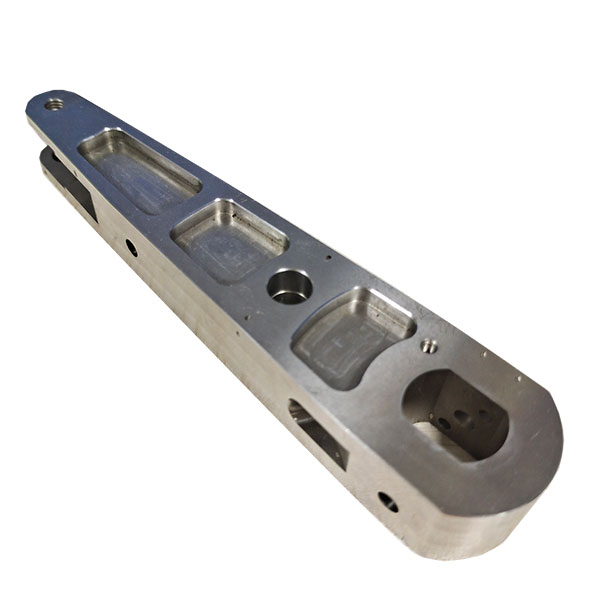


 Spanish
Spanish Arabic
Arabic French
French Portuguese
Portuguese Belarusian
Belarusian Japanese
Japanese Russian
Russian Malay
Malay Icelandic
Icelandic Bulgarian
Bulgarian Azerbaijani
Azerbaijani Estonian
Estonian Irish
Irish Polish
Polish Persian
Persian Boolean
Boolean Danish
Danish German
German Filipino
Filipino Finnish
Finnish Korean
Korean Dutch
Dutch Galician
Galician Catalan
Catalan Czech
Czech Croatian
Croatian Latin
Latin Latvian
Latvian Romanian
Romanian Maltese
Maltese Macedonian
Macedonian Norwegian
Norwegian Swedish
Swedish Serbian
Serbian Slovak
Slovak Slovenian
Slovenian Swahili
Swahili Thai
Thai Turkish
Turkish Welsh
Welsh Urdu
Urdu Ukrainian
Ukrainian Greek
Greek Hungarian
Hungarian Italian
Italian Yiddish
Yiddish Indonesian
Indonesian Vietnamese
Vietnamese Haitian Creole
Haitian Creole Spanish Basque
Spanish Basque

